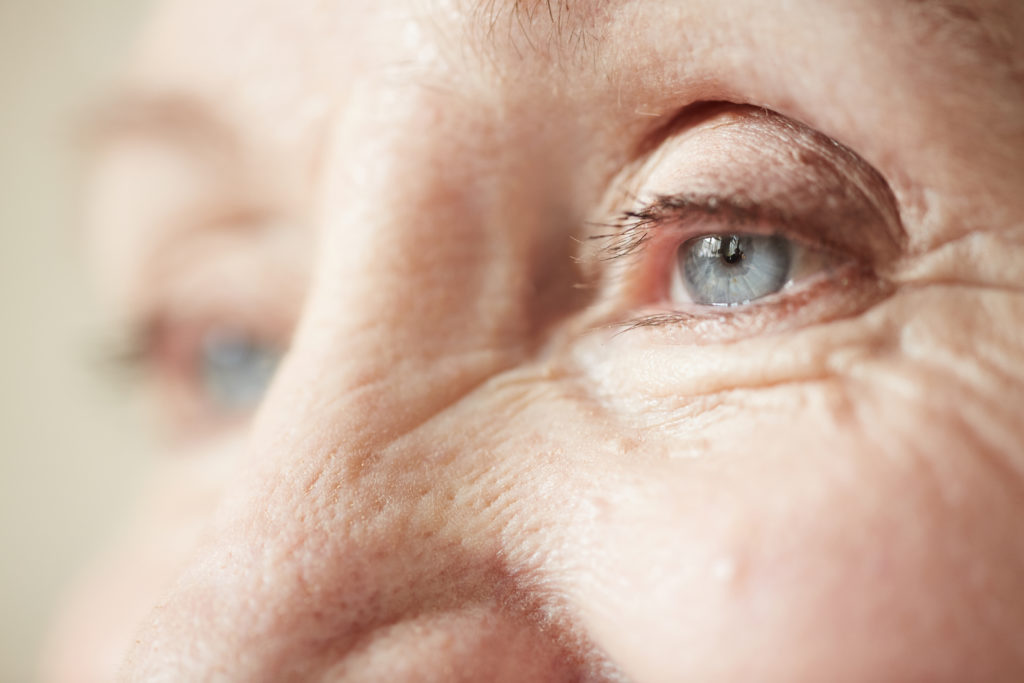
5 minute read
Emerging research is bringing new meaning to this familiar adage. Although the study of eye movements is more than a century old, new technology has made eye tracking devices more comfortable for research subjects, and more portable for use in naturalistic settings.1
In general, eye movement studies are of two types. The first focuses on rapid ‘saccades’ the eyes use to move subjects of interest within the fovea: the central area in which acuity is sharpest. The second category is pupillometry, that connects observations about pupil dilation and constriction with emotions such as arousal, fear and disgust.2 Nobel laureate Daniel Kahneman also draws correlations between pupil dilation and the shift from automatic to analytic thinking processes.3
Neurologist Peter Sterling posits that from an evolutionary stance, human beings are foragers.4 Although foraging is a rarity in modern life, our eyes continue to scan the surroundings at warp speed, much as our ancestors did.
If we were to ‘see’ everything the eyes’ photoreceptors received, the world would appear a blur. We are visually blind for about 40 minutes every day due to the brain’s masking of saccadic movements. What we perceive is a highly edited version of this input.5
It is the integration of vision with cognitive processes that gives clinicians the ability to utilize eye movements in diagnosing psychiatric and behavioral disorders, often before overt symptoms. For example, abnormal anti-saccades (quick corrections) point to a diagnosis of schizophrenia. Researchers are also developing criteria for Alzheimer’s disease, frontotemporal, and Lewy body dementias. 6 Nystagmus- atypical involuntary eye movement- has been associated with chronic alcohol abuse.7
Eye movement research is also revealing new insights into the short and long-term effects of various psychotropic medications such as SSRIs, lithium, glutamate antagonists (gabapentin) and NMDA antagonists (ketamine).8
Bioengineers Reza Shadmehr and Alaa Ahmed conducted laboratory studies of saccadic eye movements to develop predictive formulae for human movement based on neuroeconomic theory. Their observations confirmed a hypothesis that people walk faster in large urban areas than in small towns to maximize what they describe as the “global capture rate” of rewards, which include meetings with friends and business associates, as well as the innate desire to navigate through traffic more quickly.9
The Roman philosopher Cicero said: “The face is a picture of the mind as the eyes are its interpreter.”10 What modern research has revealed is that our eyes do more than mirror conscious thoughts: the true value of eye movement studies lies in what they can tell us about instinctual processes that guide our navigation through an increasingly complex universe.
References
- Hutton, S.B. (2019). Eye Tracking Methodology. In C. Klein & U. Ettinger (Eds). Eye Movement Research: An Introduction to its Scientific Foundations and Applications, (pp. 277-308). Springer Nature.
- Laeng, B. & Alnaes, D. (2019). Pupillometry. In C. Klein & U. Ettinger (Eds). Eye Movement Research: An Introduction to its Scientific Foundations and Applications, (pp. 449-502). Springer Nature.
- Kahneman, D.(2011). Thinking Fast and Slow, (pp. 31-39). Farrar, Straus and Giroux.
- Sterling, P. (2020). What is Health? Allostasis and the Evolution of Human Design. MIT Press.
- Pouget, P. (2019). Introduction to the Study of Eye Movements. In C. Klein & U. Ettinger (Eds). Eye Movement Research: An Introduction to its Scientific Foundations and Applications, (pp. 3-10). Springer Nature.
- Smyrnis, N., Amado, I., Krebs, M. & Sweeney, J. (2019). Eye Movements in Psychiatry. In C. Klein & U. Ettinger (Eds). Eye Movement Research: An Introduction to its Scientific Foundations and Applications, (pp. 703-748).
- Karpouzian, T., Petrovsky, N., Ettinger, U. & Reilly, J. (2019). Eye Movements as Biomarkers to Evaluate Pharmacological Effects on Brain Systems. In C. Klein & U. Ettinger (Eds). Eye Movement Research: An Introduction to its Scientific Foundations and Applications, (pp. 775-818). Springer Nature.
- Ibid.
- Shadmehr, R. & Ahmed, A. (2020). Vigor: Neuroeconomics of Movement Control, (pp. 62-68). MIT Press.
- Benjamin, J. (2014). William Shakespeare once said: “The eyes are the window to your soul.” https://www.linkedin.com/pulse/2014

Leave a Reply